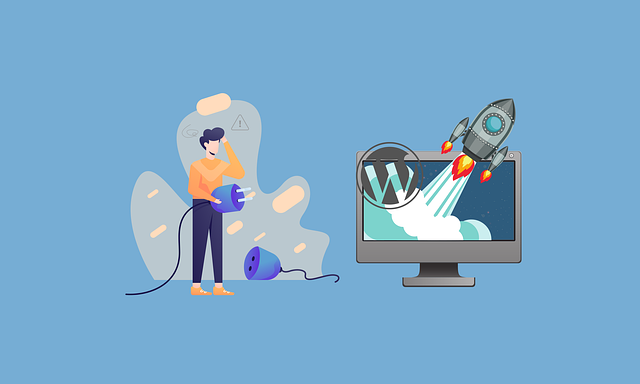Plugin – Definition, Working, Steps To Install Plugins, Applications,

Table of Contents
What Is Plugin?
In computer technology, a plug-in (or plug-in, plug-in, addition, adding or plug-in) software is a software that adds a specific function to current computer software.
If your program supports plugins, it allows customization.
Each theme packs either a graphical pre-graphical display or comes with a custom graphical user interface (GUI).
It can also be applied to programs and specific pages for end to end or for other purposes.
Familiarize the graphical design of the user interface (and windows proxy) operating system.
Categories Of Applications And Why They Use Plugins
Digital audio workplaces and audio editing software use audio plug-ins to make, process, or analyze sound. Ardor, Audacio, Cubase, FL Studio, Logic Pro X, and Pro Tools are examples of such systems.
Email customers use plugins to copy and encrypt email. Privacy Policy is a very good example of these plugins.
Game console emulators often use plugins to emulate individual systems that they want to control.
For the sample, the PCSX2 emulator uses video, audio, visual, etc. plugins. The latest element of planning
Also, graphic design uses plug-ins to process images and images. Photoshop plugin can do this.
Media players exploitation plugins to provision file forms and complicated mails foobar2000, GStreamer, Typical, VST, Winamp, XMMS are examples of such players.
Nose plugins to upload into small forms. OmniPeek is an example of this type of sniffer file.
Remote sensitive applications also use the plug to process data from various sensors; B. Optics.
Web editors and environments plug-in applications to work with programming languages or to correct the development process.
Thus e.g. For example BI support Visual Studio, RAD Studio, Eclipse, IntelliJ Idea, jEdit and MonoDevelop plugins. Visual Studio Service can be integrated into other applications through the Visual Studio Toolbox and the Visual Studio Applications Toolbox.
For this reason, web browsers have historically used an executable plug, though it is widely used today.
Some examples are Adobe Flash Player, a Java near mechanism (for Java applets), QuickTime, Microsoft Silverlight, and Unity Web Player.
Where Can You Add Add-Ons To Your Browser?
First of all, every web browser has an official site where you can view and edit items (including “Add-ons” or “Extensions”.
The browser’s editor also (e.g. Google, Mozilla, Apple, etc.) verifies that the plug is not harmful before the information is displayed.
Note: Always find the keyboard from using the browser.
While Brave and Brave Chrome browsers are based, they also use Chrome extensions. These browsers are extensions from the Chrome Store Web Store.
Examples Of Browser Plugins
The following list provides examples of internet browser plugs that can be installed in your browser to expand their capabilities.
- Adobe Acrobat
- adobe flash
- Java
- Fast time
- Real gamer
- Shock waves
- Silver light
- VRML
- X3D
Note Adobe Flash Plug-In
On modern browsers and the internet, it replaces the essential HTML5 plug-in for Adobe.
Even after 2020, Adobe will no longer support Flash or Flash plug-in.
Can I use the script “plugin” or “plugin”?
Today both versions of these words are correct. Technically “Plug-In” (by hyphen) is the correct spelling of this word and can also found in the style guide “Plug-In”.
But the version of the word “plugin” used widely, and most businesses have not decided to replicate the version of the word.
Also Read: What is Big Data Visualization? What are his Skills?


![How to Solve [pii_email_a427253221614b6547d5] in Outlook Mail](https://www.theitclicks.com/wp-content/uploads/2021/10/file-20190427-194609-a5vw5y.jpg)






